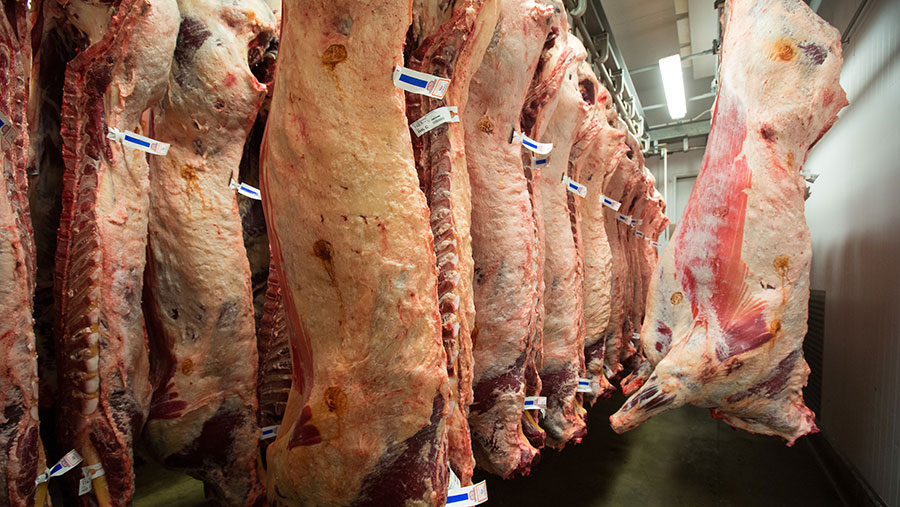Opinion: Grass-fed beef has so much to recommend it
 © Tim Scrivener
© Tim Scrivener A friend has recently completed her 34th season of plucking, cleaning and dressing poultry in the turkey shed – quite an achievement for someone who has only just hit 50.
I feel this is worthy of some sort of medal, not least because even removing the bag of giblets makes me feel queasy.
She says she is not sure whether she will still be doing this work in 10 years’ time. This is not because of seeking an easier life or failing health.
Rather, my friend wonders whether the job will still exist. Will there still be the same demand for traditional fresh farm poultry?
See also: Meat eaters or vegetarians: Who has the better arguments?
This is not just because there seem to be a lot more vegans and vegetarians around, but she also observes that people are becoming less willing or able to go to the trouble of making the full, fresh-farm turkey feast.
“Healthy” eating
It’s right for food producers to reflect on how current trends are going to affect their business in the long term. Red meat products seem to have been targeted by various health, environment and “ethical” campaign groups for years.
January is a particularly good time to do this as it is now the traditional time for the public to be deluged with messages on “healthy” eating.
This year I have seen warnings against bacon, sugar, cheese and anything treated with glyphosate, mixed up with campaigns for giving up alcohol, detoxing, “clean eating” and going vegan.
It is often difficult to distinguish in the reporting between advice based on scientific evidence and the latest faith-based outpourings of lobbyists, quacks and pressure groups.
A good story to tell consumers
As upland beef and sheep farmers, we have a good story to tell consumers and we need to be better at communicating it and marketing our products.
The starting point has to be to emphasise that meat is a natural part of the human diet.
People can choose not to eat meat if they want to, but that’s what it is – a choice. We have developed as a species of omnivores and meat eating is a natural activity.
Next, I think there is a real opportunity to explain the environmental merits of grass-fed beef and lamb. Many of the studies of adverse global environmental impacts of beef have been based on US feedlot beef fed on corn and soya.
Benefits of grass-fed stock
However, our animals graze on land that is incapable of producing crops other than grass. Our cattle and sheep convert this material, which people cannot eat, into food that we can.
Our grassland acts as a valuable carbon sink, in a similar way to the forests, and the cattle and sheep help manage and maintain it, reducing the risk of wildfires, boosting biodiversity and preserving a pastoral landscape that so many people value.
Studies have shown that grass-fed beef has higher ratios of healthier fats such as omega-3 fatty acids than grain-fed beef, and typically less fat overall.
Furthermore, in my opinion, the taste of grass-fed meat is better.
Some individual producers are directly marketing their meat as grass-fed, but we don’t have that capability.
So it seems to me there is a need for a regional co-operative or a national scheme or brand, to certify and promote grass-fed meat.
Altogether, we ought to be able to put together a compelling offer, which the public will want and will be prepared to pay a bit extra for.
